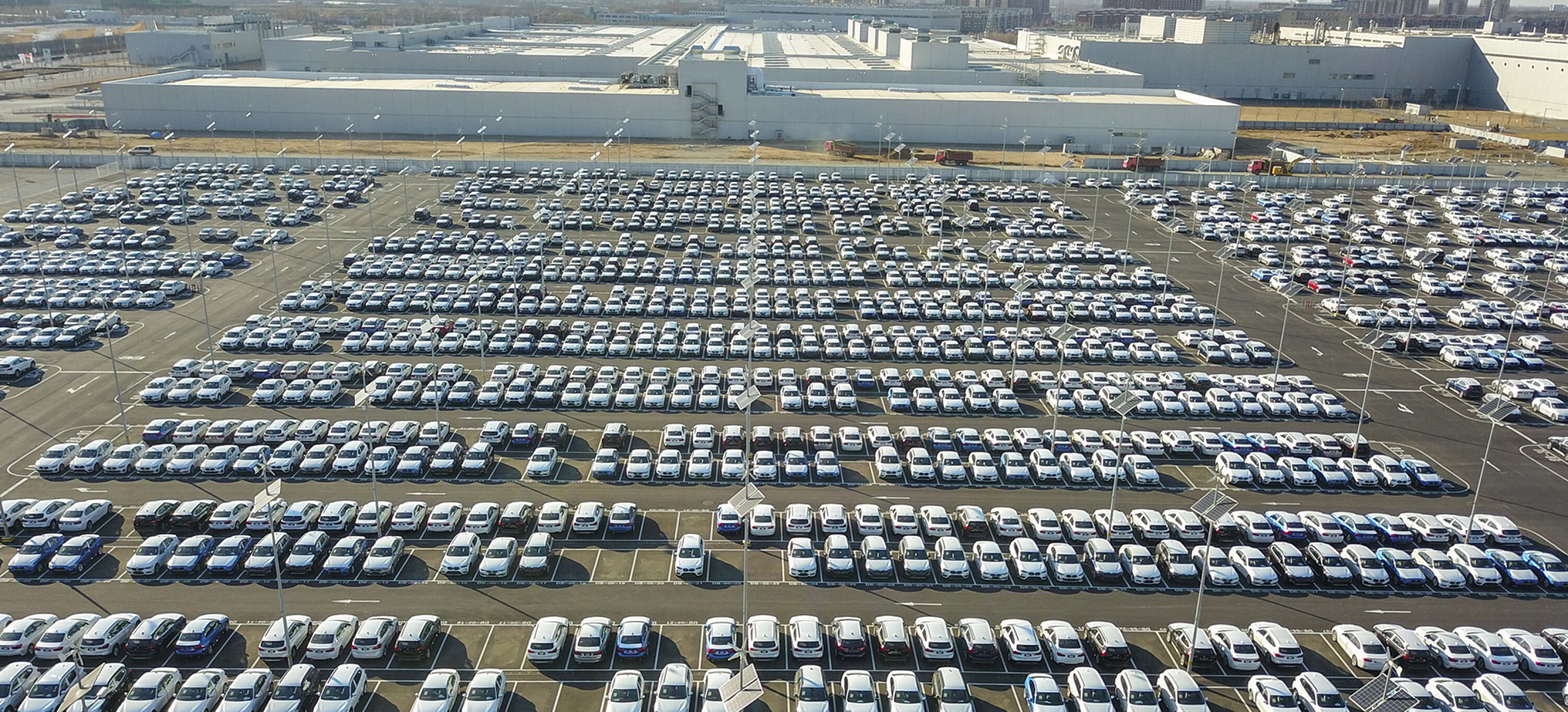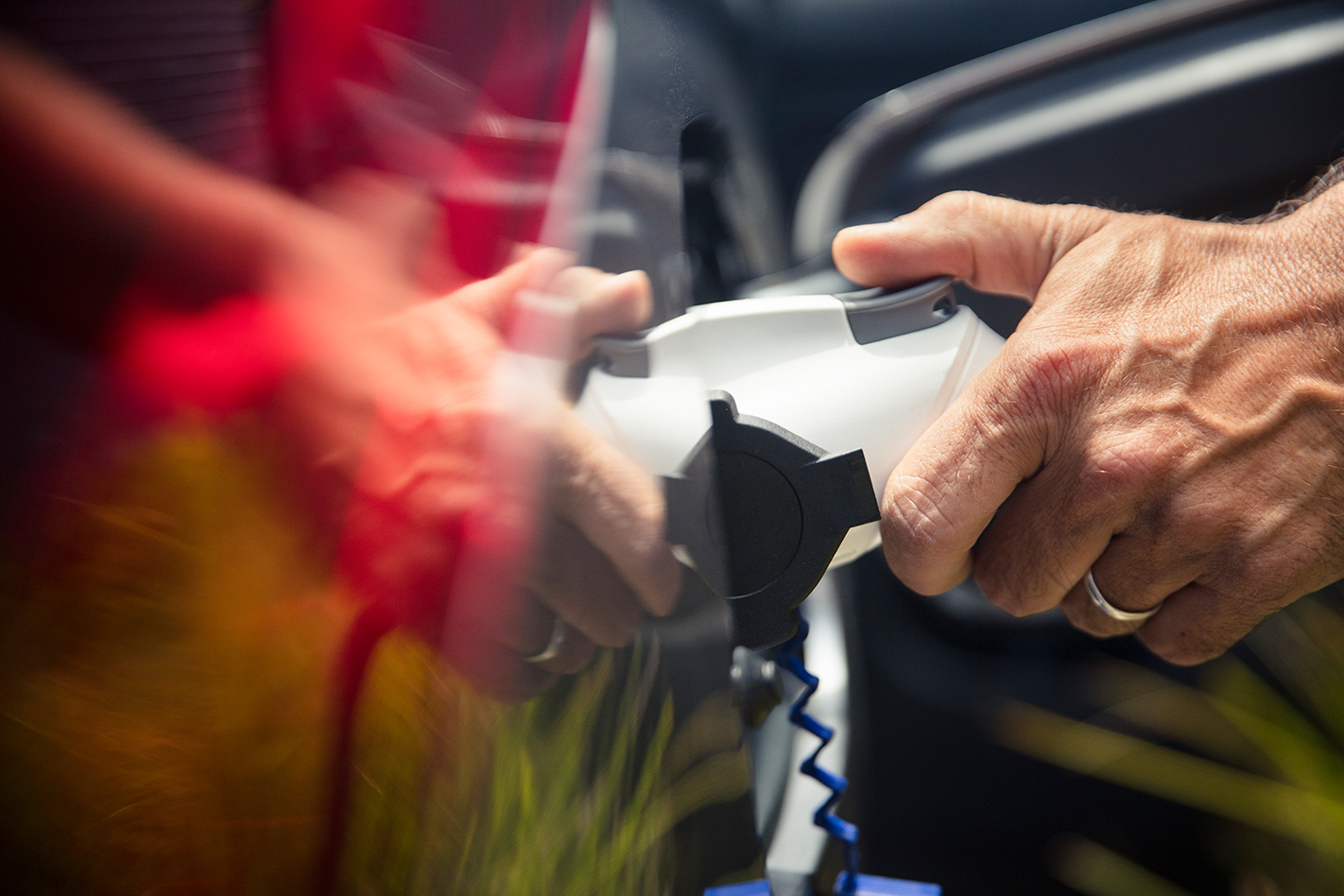It’s been a familiar story for the last two years… sourcing the new car that you really want in a reasonable time frame has been virtually impossible.
Off the back of much-publicised dramas that have included wars, disease and rogue stowaway bugs, Australian new car buyers have had it tough – and conversely, dealerships have never had it so good.
Vehicles barely have time to have their travel plastics removed before they are bundled out the door to impatient customers who have been waiting up to 12 months for a new car – while paying full retail and then some for the privilege.
Throw in the local industry’s long-held propensity to… let’s say… maximise opportunities to realise a vehicle’s full retail potential by rotating popular new stock items to the used vehicle market, and it’s been a trying time for new car buyers. Yay capitalism!
“Some brands are back to having more stock than they’ve seen for some years,” says industry expert Michael Holmes. “Not necessarily the right variants but more stock just the same.
“The pressure this brings to bear on dealers will be telling; lower gross profit, higher floor plan costs and pressure on customer experience satisfaction.”
But if history tells us anything, there’s a shift coming down the pipe that could tip the scales back in the direction of the new car buyer, and it could be here more quickly than we think.
Like much of the manufacturing world, the car industry was forced to learn on the run when COVID-19 stopped the world in its tracks in 2020.
Would consumers stop buying cars?
Would they all work from home forever?
Would they switch to subscriber model buying?
An initial slowdown in demand saw the industry roll back on production, but this false dawn then pummelled those carmakers that closed production lines and wound down plants when demand came roaring back in 2021-22.
Throw in a few grenades like rocketing raw material prices, global shipping chaos and the electric vehicle elephant in the room gobbling up precious manufacturing resources, and the affordable new car almost became an endangered species.
Toyota reported a wind-back of more than a million units of production in 2022, for example, while other global giants like VW, Ford and General Motors suffered similarly.
All this meant that your new RAV4 or Ranger was just one of a huge backlog of orders – and if you wanted or needed a new car in a hurry, it was a matter of buying what was available.
(This also led to the rise and rise of the Chinese carmakers in Australia, but that’s a tale for another day.)
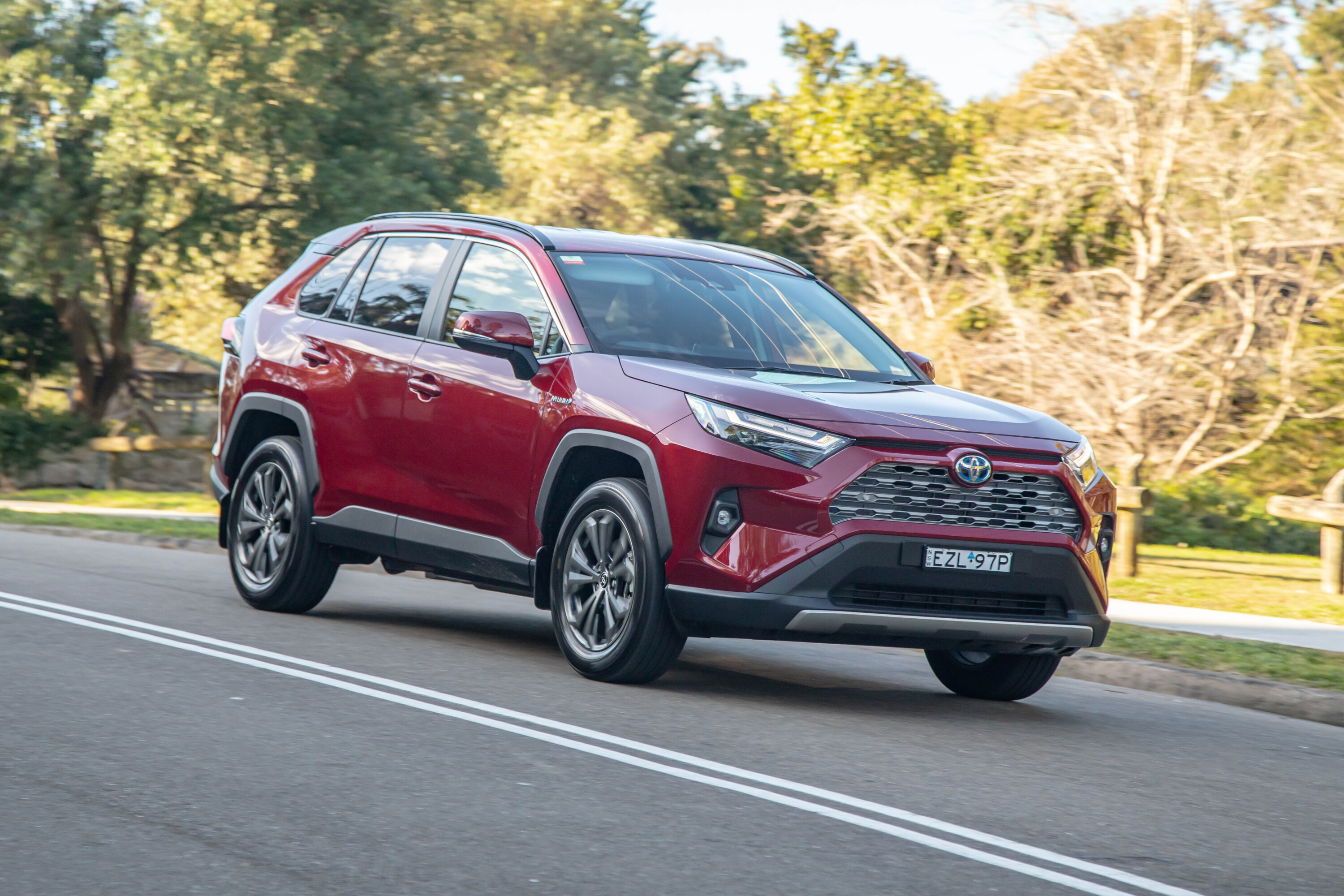
But the world is slowly returning to normal.
Sure, the work/life balance has changed a little, but traffic volumes are up, travel is back and people are coming back to the workplace in increasing numbers.
Those who have waited long periods for a new car have now taken delivery or sought alternatives from brands with stock on hand, while the business community is also finally flipping fleets of vehicles that are long overdue for rotation.
This will help to cool a used car market that has been running white hot for a couple of years, as supply levels of used cars increases at the cheaper end of the scale.
But what happens next?
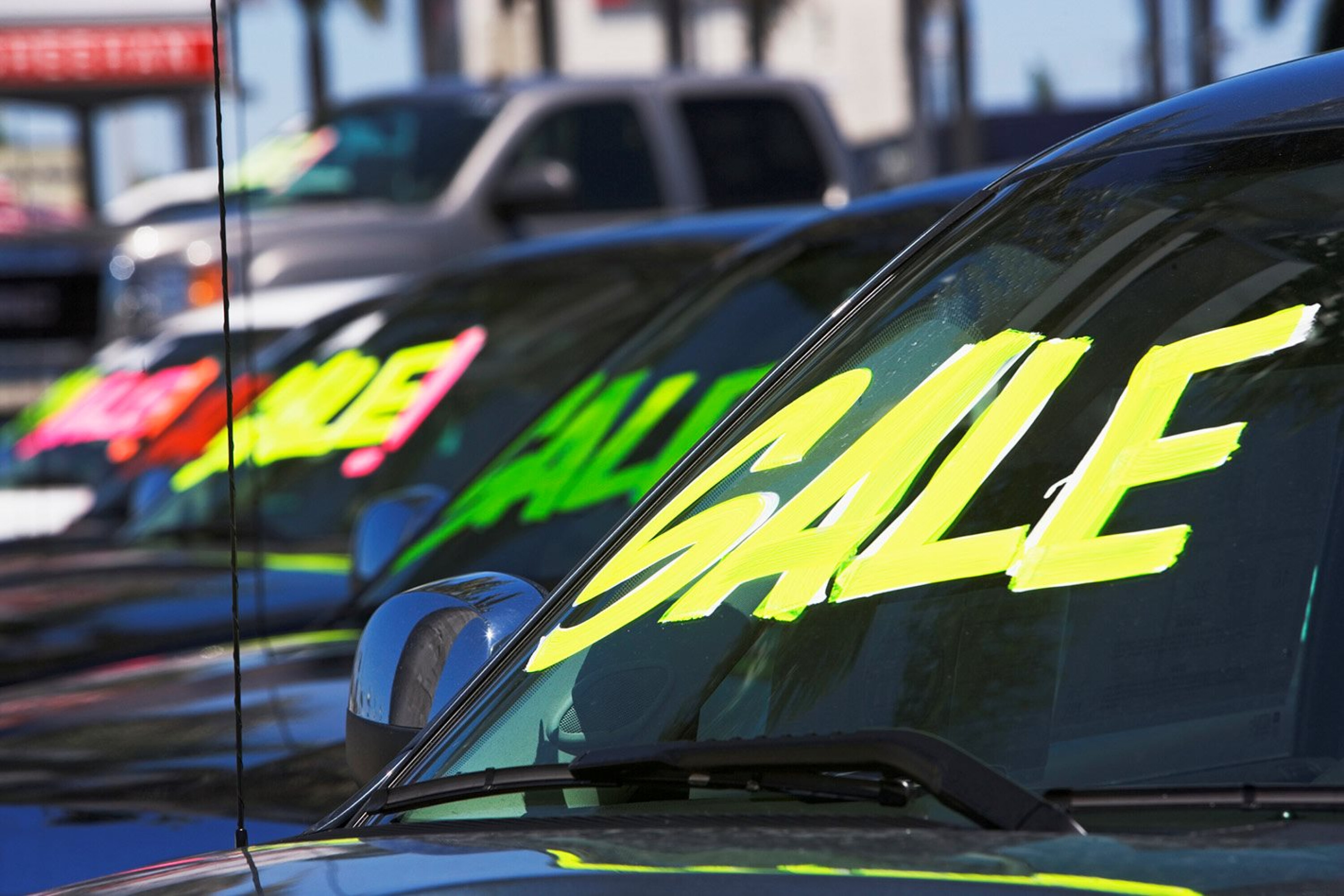
Many other industries – bicycling, for one – have already experienced what economists call a ‘bullwhip effect’, where an excess of production through stock shortage manifests as excess supply once demand has been sated.
Electric bicycles that were commanding – and getting – $12,000 and $14,000 just 12 months ago are now being specialed out at vastly reduced prices, for example, as manufacturers suddenly find themselves stuck with mountains of stock ordered 18 months ago and dealing with gun-shy consumers who are paying through the nose just to pay the bills.
Using interest rate rises to quell rampant inflation isn’t an Australia-only phenomenon, either, and the global economy is showing signs of slowing down. While this is good to help keep the cost of living in check, it also means that consumer confidence is low, particularly for big-ticket items.
“Access to finance for the consumer will also weigh heavily as affordability and accessibility come into the equation,” says Holmes.
“The cost of the vehicle and funds are both up, whereas wages have not kept up at the same rate. This alone could impact way new cars are sold and you may see more finance driven deals to move stock.”
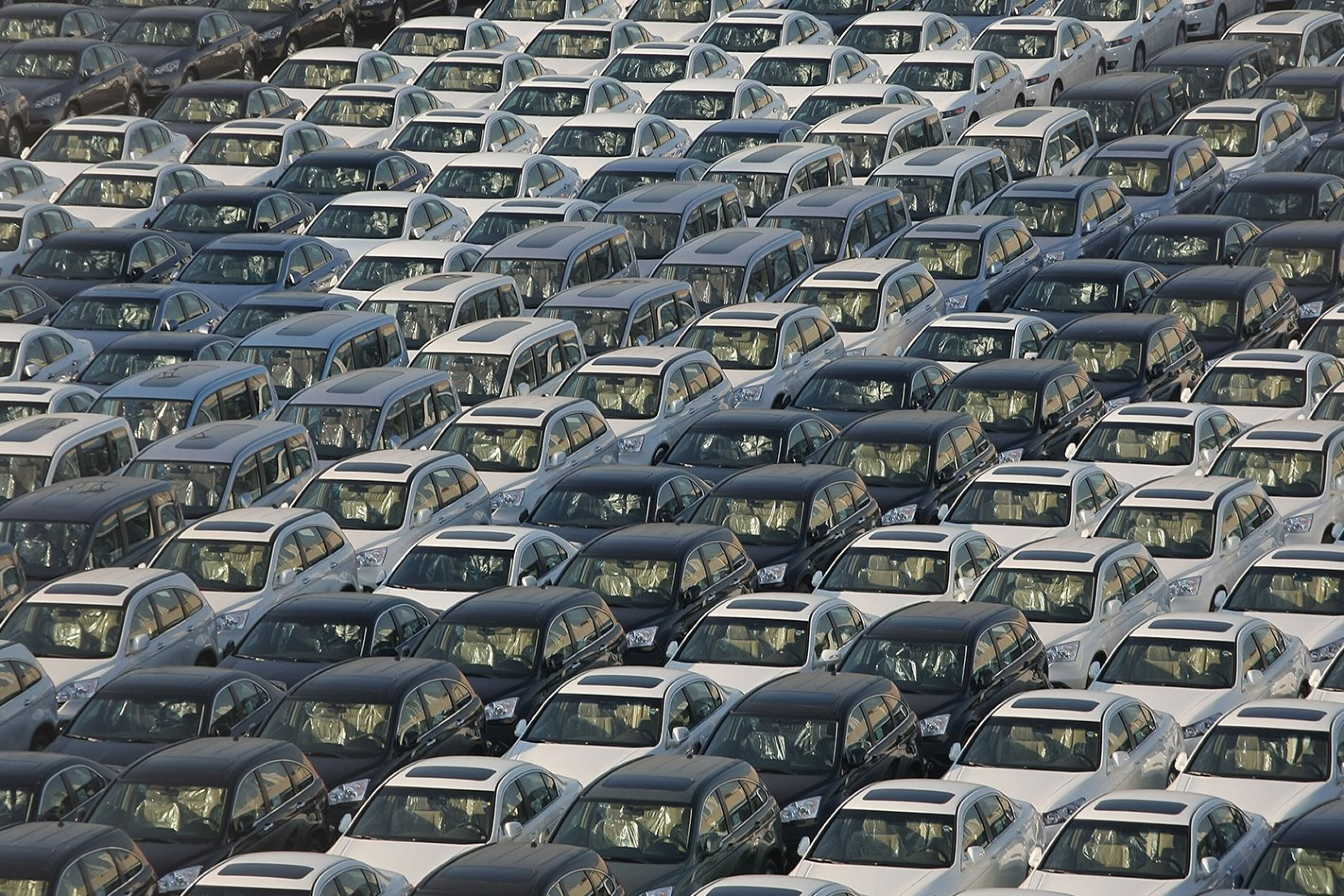
Given that the new vehicle car parc has just been replenished, too, demand will naturally recede in the short term – but this is likely to collide headlong with a glut of oversupply, as car makers experience similar economic headwinds across the globe in US, Asian and European markets.
A cooling economy, soft consumer sentiment in the wake of economic and climatic uncertainty and the continued high cost of living (housing in particular) means that those extra cars are unlikely to find homes all that easily
So does this mean the return of big, fat discount tickets and brightly coloured inflatable advertising devices to Australian dealerships? We reckon so, as early as the first half of next year.
Yay capitalism!
We recommend
-
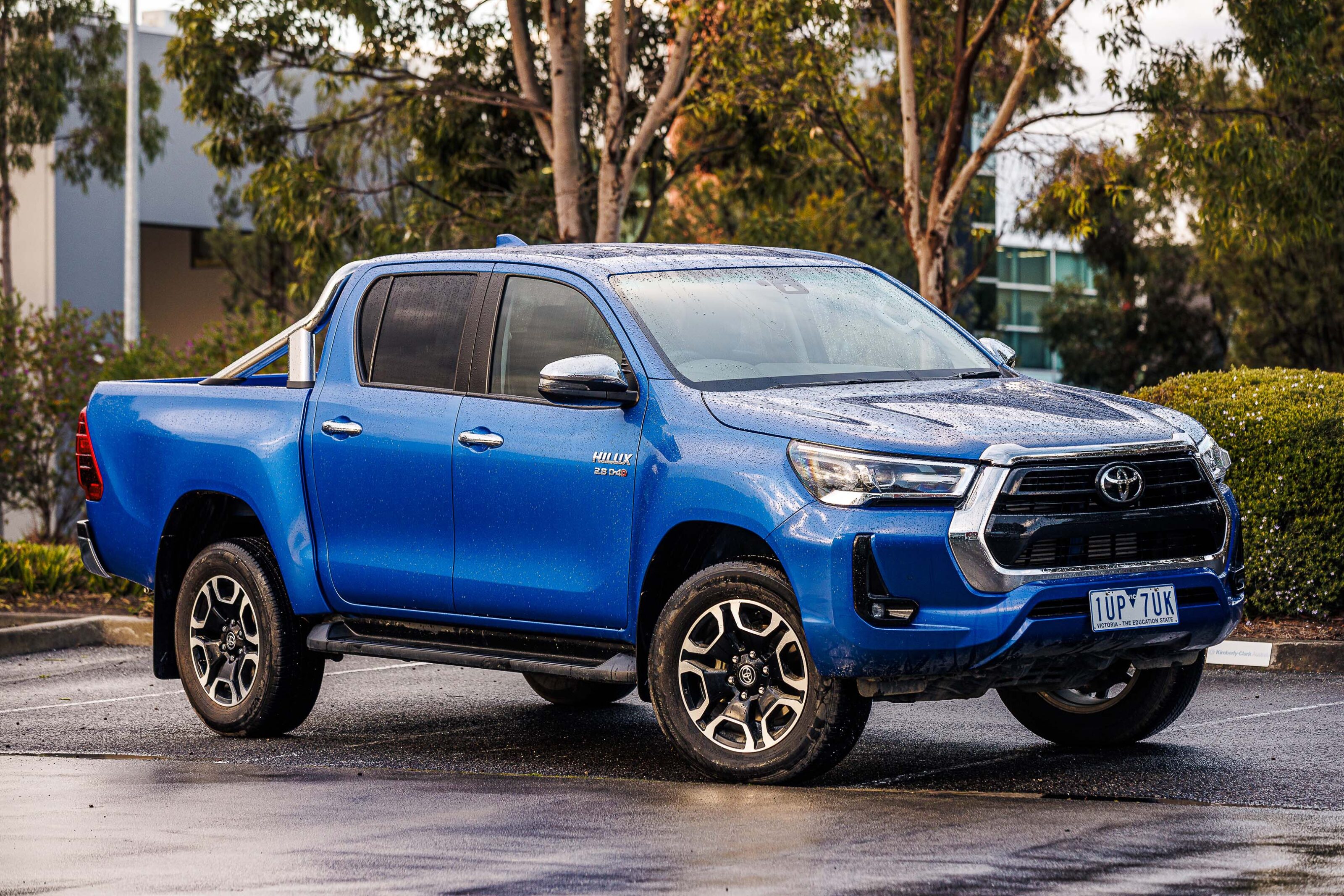 News
NewsToyota Wait Times In 2023: How long are Toyota’s delivery delays?
Your model-by-model guide to estimated wait times on a new Toyota
-
 News
NewsFord wait times in 2023: How long are Ford’s delivery delays?
Your model-by-model guide to estimated wait times on a new Ford in 2023
-
 News
News2025 New Car Calendar: All the new cars coming to Australia
Take a look at our list of what is expected to launch in Australia in 2025 – plus those we might not see locally just yet

